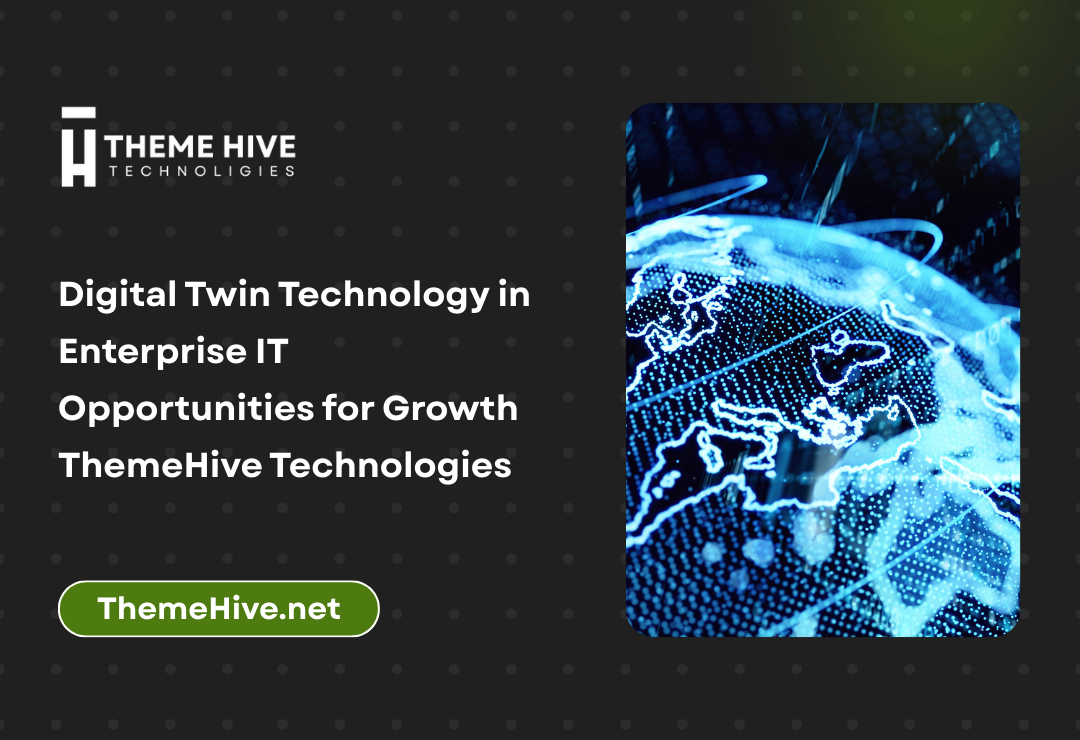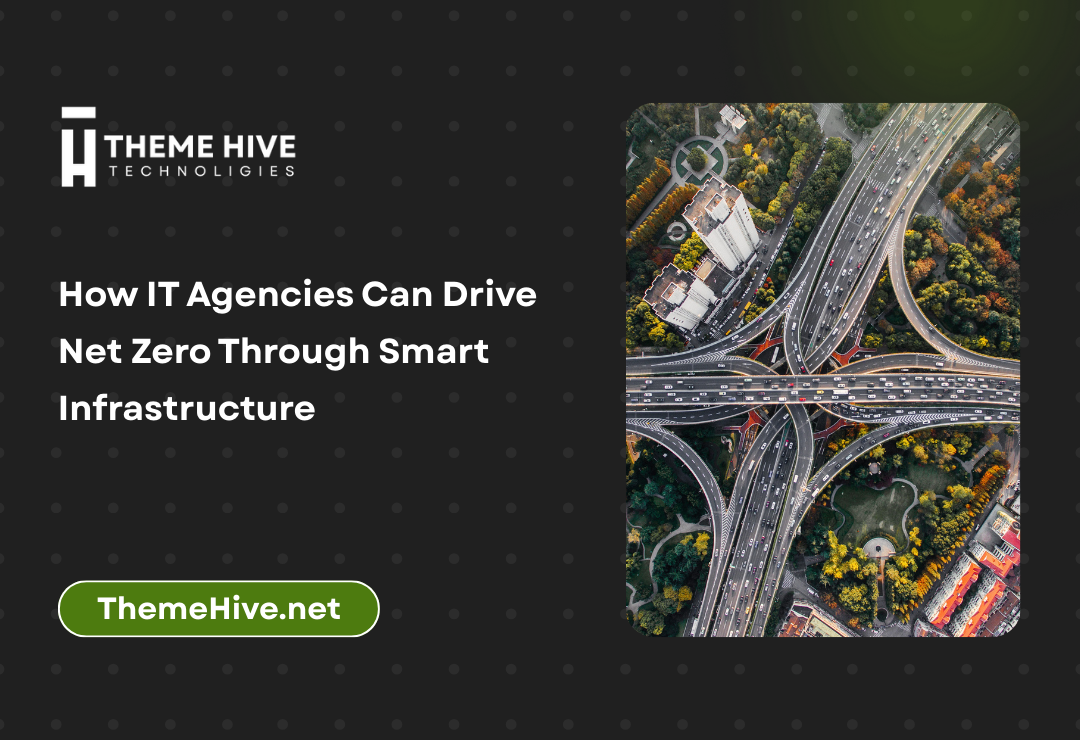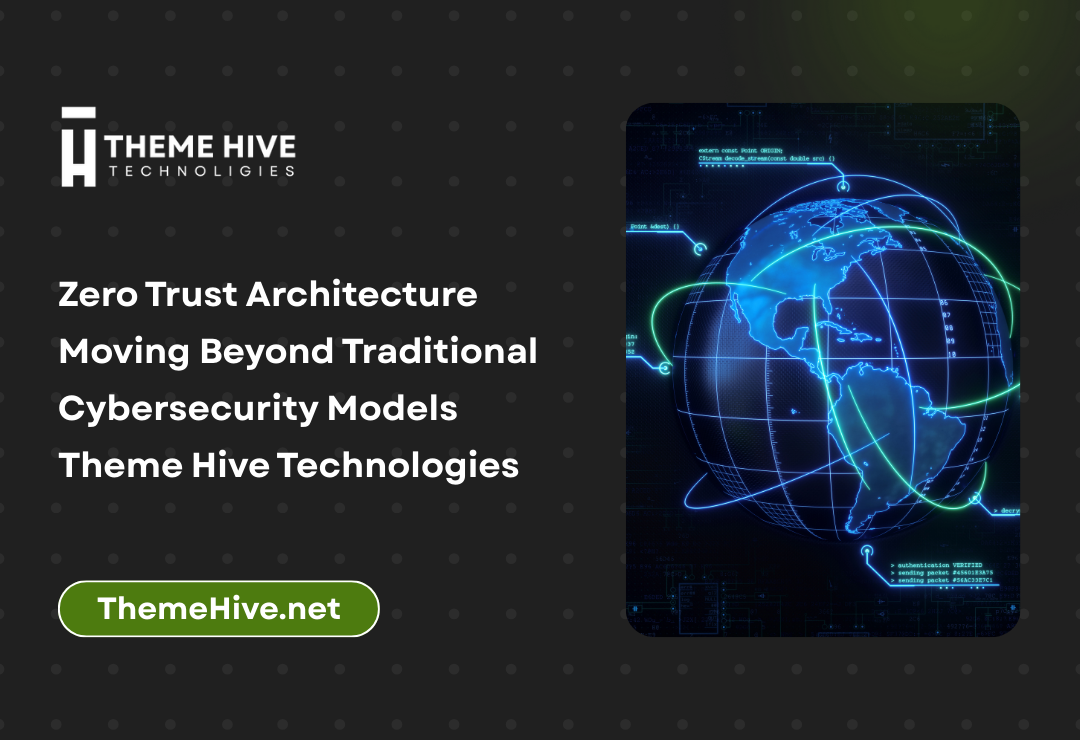In the evolving digital landscape, enterprises are constantly exploring innovative technologies to streamline operations, reduce costs, and enhance growth opportunities. One such innovation transforming industries across the globe is Digital Twin technology. Initially popular in manufacturing and engineering, this technology has now become a core enabler for Enterprise IT, offering organizations unprecedented insights into processes, systems, and infrastructure.
For UK businesses and global enterprises alike, Digital Twin technology is proving to be more than just a simulation tool. It represents a new paradigm where data, AI, and real-time monitoring converge to create powerful opportunities for growth. Companies like ThemeHive Technologies and Theme Hive Technologies are at the forefront of helping organizations leverage Digital Twins effectively.
This article explores what Digital Twin technology is, its applications in Enterprise IT, cost-saving potential, challenges, and how it drives growth for modern organizations.
What is Digital Twin Technology?
A Digital Twin is a virtual replica of a physical object, system, or process that is continuously updated with real-time data. By mirroring the physical entity in a digital environment, organizations can simulate scenarios, predict outcomes, and make data-driven decisions.
Core Components of Digital Twin:
- Data Integration: IoT sensors and connected devices stream real-time data.
- AI and Analytics: Machine learning models process data for actionable insights.
- Simulation Engines: Enable testing of scenarios without disrupting real systems.
- Visualization Tools: Dashboards and 3D models provide a clear view of system performance.
Why Enterprises Need Digital Twin Technology
Enterprises are increasingly adopting Digital Twin technology due to its ability to:
- Optimize IT Infrastructure: Monitor networks, servers, and systems with real-time digital replicas.
- Predict Failures: Anticipate downtime and prevent costly outages.
- Enhance Efficiency: Identify bottlenecks in workflows and suggest improvements.
- Support Innovation: Test new strategies in a digital environment before live deployment.
- Drive Growth: Enable smarter decision-making and long-term cost reductions.
Applications of Digital Twin in Enterprise IT
1. IT Infrastructure Monitoring
Enterprises can create digital twins of data centers, networks, and servers to monitor performance and detect anomalies before they cause disruptions.
2. Cybersecurity Simulation
Digital Twins can replicate IT environments to simulate potential cyberattacks, test defense mechanisms, and strengthen security.
3. Cloud Resource Optimization
By modeling workloads, enterprises can predict cloud usage patterns and allocate resources efficiently, reducing unnecessary costs.
4. Software Development and Testing
Developers can use Digital Twins of applications to test updates, patches, and integrations without risking live systems.
5. Disaster Recovery Planning
Organizations can simulate disaster scenarios in a twin environment to design robust recovery strategies.
6. Employee Training
Digital Twin platforms can simulate IT systems for training purposes, reducing risks of errors on live infrastructure.
Benefits of Digital Twin Technology for Enterprises
Cost Efficiency
By predicting failures and optimizing resource allocation, Digital Twins significantly reduce operational costs.
Increased Agility
Organizations gain the flexibility to test and adapt strategies quickly in a simulated environment.
Enhanced Customer Experience
Digital Twins enable IT systems to perform reliably, ensuring seamless customer interactions.
Sustainability
By optimizing infrastructure usage, enterprises can reduce energy consumption and carbon footprints.
Innovation Enablement
Digital Twins foster a culture of experimentation without incurring risks to live operations.
Real-World Examples
- Healthcare IT: Hospitals use Digital Twins of IT systems to manage patient data securely and optimize workflows.
- Financial Services: Banks simulate high-volume transaction environments to ensure uptime during peak hours.
- Retail Enterprises: Retailers create twins of e-commerce platforms to predict demand and optimize digital experiences.
- UK Government Services: Agencies use Digital Twin technology to enhance public service IT infrastructure reliability.
Challenges of Implementing Digital Twin Technology
- High Initial Investment: Building and maintaining Digital Twins requires advanced tools and skilled expertise.
- Data Management Complexity: Handling vast amounts of real-time data is challenging.
- Integration Issues: Aligning Digital Twin systems with legacy IT infrastructure can be complex.
- Cybersecurity Risks: Replicated environments must be safeguarded against cyber threats.
Best Practices for Enterprises Adopting Digital Twin Technology
- Start with High-Value Areas: Focus on critical IT systems where cost savings are most impactful.
- Leverage AI and IoT: Ensure seamless integration of connected devices and advanced analytics.
- Collaborate with Experts: Partner with providers like ThemeHive Technologies and Theme Hive Technologies for tailored implementation.
- Ensure Security Integration: Build cybersecurity into the twin environment from the start.
- Measure and Adapt: Continuously evaluate performance and refine models for improved outcomes.
The Role of ThemeHive Technologies
ThemeHive Technologies and Theme Hive Technologies offer specialized services for enterprises seeking to adopt Digital Twin technology. Their expertise includes:
- Digital Twin design and deployment for IT systems.
- Real-time data integration with IoT and cloud platforms.
- Advanced AI-driven analytics for predictive insights.
- Cybersecurity-enhanced twin environments.
- Training and support for IT teams.
By partnering with ThemeHive, enterprises can accelerate Digital Twin adoption while minimizing risks.
Future Trends in Digital Twin Technology
- AI-Enhanced Digital Twins: Machine learning will make simulations more accurate and predictive.
- Integration with Metaverse Platforms: Enterprises may extend Digital Twins into immersive virtual environments.
- Wider Adoption in IT Operations: Beyond manufacturing, IT-specific Digital Twins will become mainstream.
- Self-Healing Systems: Twins will not only predict issues but also auto-correct them.
- Scalable Twin Ecosystems: Large organizations will deploy interconnected twins for holistic enterprise monitoring.
Conclusion
Digital Twin technology is rapidly reshaping how enterprises manage IT operations, offering unprecedented opportunities for growth. By simulating, monitoring, and optimizing systems in real time, Digital Twins empower organizations to reduce costs, enhance resilience, and innovate at scale. For UK businesses and global enterprises, this technology represents a vital step toward digital maturity.
With the guidance of ThemeHive Technologies and Theme Hive Technologies, companies can unlock the full potential of Digital Twins, transforming Enterprise IT into a driver of long-term growth and competitive advantage.
Internal Links
- Theme Hive IT Solutions
- About Theme Hive
- Our IT Services
- Latest IT News & Articles
- Contact Theme Hive







